Ekaterina Lupanova
In my works I investigate whether a language is possible in the basis of which there is no clear structure and whether there is an alternative to the "rhetoric of clarity". For me the necessity for an alternative language comes out of the realization that the mechanics of "clarity" have been appropriated by the authorities and have become a convenient tool for lying and manipulation — simplicity is convincing. Being involved in the system of this kind of communication, we support and develop it. The only way to avoid it is to switch the mode of vision and hearing to one based on ambivalence and leak of sense. The language blur gives the freedom of expression.
I believe unintelligibility could be informative and even in conditions of lack of articulation it is possible to continue the interaction still maintaining the situation of non-clarity. For example, when hear someone's conversation in another room, you recognize the structure of speech and could guess separate words. Probably you can have the impression that you understand the whole conversation, but it would be an illusion of understanding. However, you still hear and perceive something and although the amount of received information is incomplete, it still has the potential for further communication.
My practices are related with the idea of indirect, residual, auxiliary: the archive of everyday sounds, sculptures of emptiness. I work with molding materials, packaging, noise. I make efforts to destroy the dichotomy "clear — not clear" / "basic — secondary" / "central — peripheral" / "strong — weak" and to find an opportunity to operate with that what resists designation, description and classification.
I'm looking for an answer how the image or sound which has no key to understanding works and circulates. And I would like to leave the anxiety and strong desire for artiqulation to get delight from unintelligibility.
I believe unintelligibility could be informative and even in conditions of lack of articulation it is possible to continue the interaction still maintaining the situation of non-clarity. For example, when hear someone's conversation in another room, you recognize the structure of speech and could guess separate words. Probably you can have the impression that you understand the whole conversation, but it would be an illusion of understanding. However, you still hear and perceive something and although the amount of received information is incomplete, it still has the potential for further communication.
My practices are related with the idea of indirect, residual, auxiliary: the archive of everyday sounds, sculptures of emptiness. I work with molding materials, packaging, noise. I make efforts to destroy the dichotomy "clear — not clear" / "basic — secondary" / "central — peripheral" / "strong — weak" and to find an opportunity to operate with that what resists designation, description and classification.
I'm looking for an answer how the image or sound which has no key to understanding works and circulates. And I would like to leave the anxiety and strong desire for artiqulation to get delight from unintelligibility.
Education
2012 — 2015
BAZA Institute, Moscow
(philosophy and theory of contemporary art)
2011 — 2014, 2017
The Institute of Contemporary Art, Moscow|
(new strategies of art)
2003 — 2008
State University of Printing Arts, Moscow
(painting, graphics, book design and type design)
Residencies
2019
Kulturhaus Villa Sträuli,
Winterthur, Switzerland
2018
Salzburg International Summer Academy,
Salzburg, Austria
Personal information
and contacts
Born in 1986.
Lives and works in Moscow.
Graphic design: portfolio
+7 916 696 35 25
lupanova.ekaterina@gmail.com
2012 — 2015
BAZA Institute, Moscow
(philosophy and theory of contemporary art)
2011 — 2014, 2017
The Institute of Contemporary Art, Moscow|
(new strategies of art)
2003 — 2008
State University of Printing Arts, Moscow
(painting, graphics, book design and type design)
Residencies
2019
Kulturhaus Villa Sträuli,
Winterthur, Switzerland
2018
Salzburg International Summer Academy,
Salzburg, Austria
(Installation, performance, sculpture class
by Yorgos Sapountzis)
Personal information
and contacts
Born in 1986.
Lives and works in Moscow.
Graphic design: portfolio
+7 916 696 35 25
lupanova.ekaterina@gmail.com
Exhibitions
solo projects:
— "Still that pronounced",
Villa Sträuli, Winterthur, Switzerland, 2019
— "Air Alarm",
Kunstkasten, Winterthur, Switzerland, 2019
— "Methodology of the exhibition space",
Nagornaya gallery, UES, Moscow, Russia, 2014
(special project IV Moscow Biennale of Young Art)
— "Next to nothing",
project "Start", CCA Winzavod, Moscow, Russia, 2013
selected group projects:
— "Recreation", Festival", ZIL Cultural Centre, 2019
— "Unbelievable turn of events", №5 of "SHSHSH" Experiences, CCI PROEKT_FABRIKA, 2018
— "Every breath you take", International Summer Academy of Fine Arts in Salzburg, 2018
— "Sisters, Act II" (experimental project),
various locations, 2017
— "In the network of form", Centre RED, 2016
(parallel program V Moscow Biennale of Young Art)
— "Sisters, Act I" (experimental project),
private workshop, 2016
— "Voice", Centre RED, 2015
— "MMXV*", Electrozavod gallery, 2014
— "Taint", London GRAD:
Gallery for Russian Arts and Design, 2013
— "On the threshold of paradise", CCA Sokol, 2013
— "Practical training", Art Museum of Cherepovets, 2013
— "Love Sacred. Profane. Sort of",
CCI PROEKT_FABRIKA, 2013
— "To the unknown", The Central House of Artists, 2012
— "In the fresh air", ARTPLAY, 2012
— ICA students show, Random gallery, 2012
— "Poor Nastia", private apartments, 2011
solo projects:
— "Still that pronounced",
Villa Sträuli, Winterthur, Switzerland, 2019
— "Air Alarm",
Kunstkasten, Winterthur, Switzerland, 2019
— "Methodology of the exhibition space",
Nagornaya gallery, UES, Moscow, Russia, 2014
(special project IV Moscow Biennale of Young Art)
— "Next to nothing",
project "Start", CCA Winzavod, Moscow, Russia, 2013
selected group projects:
— "Recreation", Festival", ZIL Cultural Centre, 2019
— "Unbelievable turn of events", №5 of "SHSHSH" Experiences, CCI PROEKT_FABRIKA, 2018
— "Every breath you take", International Summer Academy of Fine Arts in Salzburg, 2018
— "Sisters, Act II" (experimental project),
various locations, 2017
— "In the network of form", Centre RED, 2016
(parallel program V Moscow Biennale of Young Art)
— "Sisters, Act I" (experimental project),
private workshop, 2016
— "Voice", Centre RED, 2015
— "MMXV*", Electrozavod gallery, 2014
— "Taint", London GRAD:
Gallery for Russian Arts and Design, 2013
— "On the threshold of paradise", CCA Sokol, 2013
— "Practical training", Art Museum of Cherepovets, 2013
— "Love Sacred. Profane. Sort of",
CCI PROEKT_FABRIKA, 2013
— "To the unknown", The Central House of Artists, 2012
— "In the fresh air", ARTPLAY, 2012
— ICA students show, Random gallery, 2012
— "Poor Nastia", private apartments, 2011
Selected publications, interviews and projects
Collective projects documentation:
— "Sisters"
— "SHSHSH" Experiences (experience №5)
Interviews and publications:
— "Atlas Moscow: Good Neighbors"
by "Art in America" media
— "Art person. Artist at "Start": Ekaterina Lupanova"
by "Artchronika" magazine
— interview by W-O-S
— interview from solo exhibition opening and
discussion "Sound and Things" as part of a solo exhibition
by CCA Winzavod
— interview for the Department of Design and Contemporary Art by National University "Higher School of Economics"
Collective projects documentation:
— "Sisters"
— "SHSHSH" Experiences (experience №5)
Interviews and publications:
— "Atlas Moscow: Good Neighbors"
by "Art in America" media
— "Art person. Artist at "Start": Ekaterina Lupanova"
by "Artchronika" magazine
— interview by W-O-S
— interview from solo exhibition opening and
discussion "Sound and Things" as part of a solo exhibition
by CCA Winzavod
— interview for the Department of Design and Contemporary Art by National University "Higher School of Economics"
solo project
winterthur, Switzerland, 2019
Villa Sträuli
winterthur, Switzerland, 2019
Villa Sträuli
Still that pronounced
site-specific installation, mixed media
By means of fluid unstable materials, noise compositions and fragile constructions this project explores the meanings of images that are beyond articulation. Since structured language as a form of communication was stolen from me by the authorities in order to lie, it was an attempt to lose the ability to speak and find an alternative way of speaking based on insufficiency of meaning instead of a clear structure.
This project explores image meanings which are beyond articulation. An attempt to lose an ability to speak and to find an alternative way of communication. Our clearly structured speech involving mechanics of "clarity — non clarity" have been stolen from us and is used for violation. The only way not to be involved in this type of communication system to used another one based on an ambivalence and an insufficiency of meaning. The installation have been accompanied with noise soundtrack created during research.
This project explores image meanings which are beyond articulation. An attempt to lose an ability to speak and to find an alternative way of communication. Our clearly structured speech involving mechanics of "clarity — non clarity" have been stolen from us and is used for violation. The only way not to be involved in this type of communication system to used another one based on an ambivalence and an insufficiency of meaning. The installation have been accompanied with noise soundtrack created during research.
 |  |
Research on the miraculous appearance of sacred images on different surfaces (like the image of Christ manifested on the Shroud of Turin), unexpectedly led to a new printing technique — exposure on blue carbon paper. Blurred photos taken in Switzerland were placed on the window along with a layer of copy paper. As images exposed on the sun slowly appeared on paper the window itself began to resemble church stained glass windows.
On of the rooms in the studio was occupied with spatial construction with prints on fabric.
 |  |
The noise composition (creak of a centenarian parquet that I've recorded at the Villa) accompanied the spatial construction.
Another type of copy paper unlike the blue one, was resistant to the exposure, was used to transit images on fabric. Remained sheets composed the second stained glass window.
solo project
WINTERTHUR, SWITZERLAND, 2019
Kunstkasten
WINTERTHUR, SWITZERLAND, 2019
Kunstkasten
Air Alarm
sound installation, mixed media
The only thing placed inside the gallery is regular sound system. During all the day it plays some noises which fluctuates a lot from very silent to really loud. The gallery box is located in industrial zone with a lot of external sounds, so internal noise is mixed with environmental background noise and becomes almost inaudible. It would take a lot of efforts to hear what is inside and to separate this artificial noise out the glass box from natural industrial external noise. It's more likely that the only way to do it is to become really close with a space of gallery and to put your ear directly to the surface of glass walls. In the night the sound inside becomes more recognizable as the town falls asleep. The lights inside are turned on and still the only thing you can find from the distance is visible sound system and no sound. Nothing is happening till you get curious to find out by your on what is going on. Cause there is no any instructions and no hints how to approach what you see.
The project is to bring up an issue how to approach what is seen. Whether is what is seen as obvious as it looks like or still there is always a third meaning which is not articulated and not lying on the surface. Whether it is possible to overcome imaginary (visual) and symbolic (language) to meet reality how it is. What is the way to explore and to discover what is seen. Seeing from the distance the only one object inside the gallery — sound system, which function is to produce a sound, probably may not matching the situation when you can't hear any sound. This is the first step of estimation — visual. It is connected with "imaginary". To explore further you are forced to switch from visual to audial and tactile: you need to put your own body as close as possible to hear what is inside. But what you hear inside is noise which is very similar to outdoor noise of the town. Now "symbolic" (structured language) is destroyed. What you finally have is ambiguity: visual doesn't match your expectations, audial doesn't match it either. There is still sound but no text. No utmost clarity what have happened. Only doubt and distrust. Now probably there is a chance to meet reality.
The project is to bring up an issue how to approach what is seen. Whether is what is seen as obvious as it looks like or still there is always a third meaning which is not articulated and not lying on the surface. Whether it is possible to overcome imaginary (visual) and symbolic (language) to meet reality how it is. What is the way to explore and to discover what is seen. Seeing from the distance the only one object inside the gallery — sound system, which function is to produce a sound, probably may not matching the situation when you can't hear any sound. This is the first step of estimation — visual. It is connected with "imaginary". To explore further you are forced to switch from visual to audial and tactile: you need to put your own body as close as possible to hear what is inside. But what you hear inside is noise which is very similar to outdoor noise of the town. Now "symbolic" (structured language) is destroyed. What you finally have is ambiguity: visual doesn't match your expectations, audial doesn't match it either. There is still sound but no text. No utmost clarity what have happened. Only doubt and distrust. Now probably there is a chance to meet reality.
 |  |
solo project
moscow, russia, 2014
Nagornaya gallery
moscow, russia, 2014
Nagornaya gallery
The methodology
of the exhibition space
of the exhibition space
site-specific installation, mixed media
The project was to pose a question what is the nature of interaction between exhibition space and the exposition. I was looking for a specific relation between the evolution of the architecture and interior of a particular gallery and the history of contemporary art in Russia.
Although Nagornaya gallery represents itself as white cub it has complicated and weird architectural elements which are results of number of reconstructions for all 35 year. While exploring history of gallery it became more obvious that interior deformation was deeply connected with changes in politic of gallery. The form responded to cultural shifts.
What I had to do was not to produce new art objects but to emphasize interior details which already existed in the space and to make visible strong connection between architectural forms and art-history. The space of gallery should become the main showpiece. What also means that the exhibition space and showpiece (gallery space) would become the same thing. The space demonstrates itself. The exposition is the exhibition space.
Although Nagornaya gallery represents itself as white cub it has complicated and weird architectural elements which are results of number of reconstructions for all 35 year. While exploring history of gallery it became more obvious that interior deformation was deeply connected with changes in politic of gallery. The form responded to cultural shifts.
What I had to do was not to produce new art objects but to emphasize interior details which already existed in the space and to make visible strong connection between architectural forms and art-history. The space of gallery should become the main showpiece. What also means that the exhibition space and showpiece (gallery space) would become the same thing. The space demonstrates itself. The exposition is the exhibition space.
 |  |  |
hall #1: the object inside is laid out with carpet — a material which often used to cover the floors in provincial galleries in Russia
hall #1: the stain on the ceiling is the trace of a leak in the bathroom in the apartment above — a reminder that the space of the gallery is located in an apartment house
hall #1: weird arches were designed especially for the Nagornaya Gallery in 1995
Art in America magazine:
At Nagornaia Gallery, located on a broad thoroughfare in Moscow's south, the crowded basement still brimmed with landscape paintings and wood carvings for sale as interior decor, but the ground floor had been given to Ekaterina Lupanova, a young installation artist. Her skeletal wooden scaffolding outlined previous subdivisions of the galleries, and her sculptures imitated the contours of removed molding. A framed story from the neighborhood paper, dated January 1976, explained how the building got its exhibition hall. Lupanova haunted the space with its own past.
At Nagornaia Gallery, located on a broad thoroughfare in Moscow's south, the crowded basement still brimmed with landscape paintings and wood carvings for sale as interior decor, but the ground floor had been given to Ekaterina Lupanova, a young installation artist. Her skeletal wooden scaffolding outlined previous subdivisions of the galleries, and her sculptures imitated the contours of removed molding. A framed story from the neighborhood paper, dated January 1976, explained how the building got its exhibition hall. Lupanova haunted the space with its own past.
 |  |  |
documents on conferring the status of the first public gallery to the exhibition hall
the series of ten postcards with archival photos and detailed description of changes in the interior and exterior of gallery was published for exhibition
reconstruction plans gallery for 35 years
Artguide.com:
The young artist visualizes those automatically triggered, unconscious schemes and scenarios that give us the opportunity to see the world around us in the familiar system of sociocultural coordinates — the subtle mechanisms of interaction between the expectations of the audience and the signals located in space that respond to them.
The young artist visualizes those automatically triggered, unconscious schemes and scenarios that give us the opportunity to see the world around us in the familiar system of sociocultural coordinates — the subtle mechanisms of interaction between the expectations of the audience and the signals located in space that respond to them.
EXPERIMENTAL COLLECTIVE PROJECT "SHSHSH Experiences"
Moscow, russia, 2019
CCI PROEKT_FABRIKA
Moscow, russia, 2019
CCI PROEKT_FABRIKA
Unbelievable turn of events
site-specific even, mixed media
For more than two weeks in the studio 3-37 the events of the experience №5 have been unfolding. Several vectors of artistic practices directed a process as improvisation. We were exploring new connections and looking for possible forms of communication. Formal and performative experiments were open for spectators to take the initiative and to interact.
Representation of the process. Possibility of meeting and action. The structure of a narrative gives title to every Part. Daily change of mise-en-scenes. Presence. Open perspective. Acoustics. Trust. Balance of stillness.
"It's was all simple. We started the process and have continued it in daily practice. We have set three vectors based on the logic of our artistic practices: the first one from structure, the second one from chaos, the third one from impulse and randomness. We have been curious to see what would happened and we invited people to become witnesses, observers and possible participants at any time."
Katya Lupanova, Nadya Busheneva, Sveta Dudarchik
"SHSHSH" Experience. Experience No. 5
Representation of the process. Possibility of meeting and action. The structure of a narrative gives title to every Part. Daily change of mise-en-scenes. Presence. Open perspective. Acoustics. Trust. Balance of stillness.
"It's was all simple. We started the process and have continued it in daily practice. We have set three vectors based on the logic of our artistic practices: the first one from structure, the second one from chaos, the third one from impulse and randomness. We have been curious to see what would happened and we invited people to become witnesses, observers and possible participants at any time."
Katya Lupanova, Nadya Busheneva, Sveta Dudarchik
"SHSHSH" Experience. Experience No. 5
PART I "Signs / ghosts of the past and context" and "Call of adventure":
PART IV "Researcher-martyr":
PART V "First and second phase of sleep" and "The protagonist is given a new appearance":
PART VI "Whale's belly":
PART VIII "The dark side of the soul" and "The hero escapes from persecution":
PART X "Imaginary victory" and "Presence":
Moscow, russia, 2019
"Recreation" FESTIVAL, ZIL Cultural Centre
"Recreation" FESTIVAL, ZIL Cultural Centre
Probable answer to this question
site-specific installation with sound, mixed media
 |  |
Salzburg, austria, 2018
"Every breath you take", International Summer Academy of Fine Arts
"Every breath you take", International Summer Academy of Fine Arts
jhUaCCU88UM
site-specific installation with sound, mixed media
A project at the Salzburg International Summer Academy of Fine Arts (course of installation and performance) dedicated to the loss of language as an expression tool on political issues. The installation consists of a shelter constructed from improvised materials, slogans and written documentation of the project. The entire text is unreadable and only imitates writing. Thus, political slogans, usually clearly formulated, turn into empty messages, demanding a new form for themselves. The project ended with a performance, during which the tent stood on the city square from which I played noise compositions that replaced my speech.
 |  |  |
 |
experimental collective project
Moscow, russia, 2016–2017
Moscow, russia, 2016–2017
Sisters
ACT I
The essence of the project is collective artistic practices without clear beginning or end, obvious structure, subject or definite purpose. Our activity was not focused on results: a production of a "final show", creating an educational program, organizing of public discussions and so on. We had a place, a bit of time, a certain number of people with similar artistic background and a need to talk about things which were uncomfortable for conversation: ordinary, personal, funny, undistinguished, shameful. Things that were impossible to discuss in a generally accepted manner anymore. During our meetings we allowed the environment to produce itself naturally and to point the direction of talks without forcing.
The essence of the project is collective artistic practices without clear beginning or end, obvious structure, subject or definite purpose. Our activity was not focused on results: a production of a "final show", creating an educational program, organizing of public discussions and so on. We had a place, a bit of time, a certain number of people with similar artistic background and a need to talk about things which were uncomfortable for conversation: ordinary, personal, funny, undistinguished, shameful. Things that were impossible to discuss in a generally accepted manner anymore. During our meetings we allowed the environment to produce itself naturally and to point the direction of talks without forcing.
 |  |
The visiting card of "Sisters" with a photo of young Jacques Lacan. "Sisters" have now permanent membership. We invited our friends, interesting people and other guests just to meet us. Our activity was quite chamber and basically was not advertised in social networks. Therefore, each guest received the card with information. We expected that "word of mouth" as a way to spread information would allow to avoid formality and idle interest. The use of photos with young philosophers was another try to remove the label of authority from their personalities.
Artifact from the meetings of "Sisters" — a scheme of ideas explored by the project participants located in regard to the concept of "power". Each meeting was accompanied by the production of outlines, sketches, diagrams, and sometimes — small works.
Parallel to the discussions, work was carried out on some objects, which, it may be said, became the "waste rocks" of our speech practices. The idea was to interpret the received materials step by step in the process of their production. A slow and thoughtful discussion was to gradually clarify the meaning of the actions we committed. Progressively, the mechanism of speech practices led us to the crucial concept which all our activity surprisingly was rooted in — figure of "power".
 |  |
Unconsciously for my work I have chosen such materials as plastic and gypsum which were formed whit plastic films. Unexpectedly, this molding process literaly illustrates how the power produces the subject. One of these objects was placed on the door leading from the room to corridor. Other objects which were produced during meeting of "sisters" were placed on the kitchen countertop.
 |  |
Accidental collective work composed of artefacts collected in workshop revealed in wardrobe.
The stretched roll of film with a pattern of "marble" looks similar to film footage.
It rhymes with birch branches and rolled up photographs.
It rhymes with birch branches and rolled up photographs.
ACT II
The next act of the project "Sisters" includes the collective and anonymous blogging by basic «sisters», meetings with artists and documentation of these meetings in casual form.
The next act of the project "Sisters" includes the collective and anonymous blogging by basic «sisters», meetings with artists and documentation of these meetings in casual form.
 |  |
Moscow, russia, 2016
"In the network of form", Centre RED
"In the network of form", Centre RED
The interrupted contact or the ass of my grandmother
installation, mixed media
The only way a piece of art could talk about Reality is to put the spectator into a situation of uncertainty and to leave him in confusion. Daily we find ourselves in such conditions and this is the way how we communicate with the world. Reality is given to us indirectly through the image and language. We can not face Reality directly, just as we can not say what the precise meaning of what surrounds us is. However, we can approach the reality through gaps that exposes themselves particularly in art.
Polyurethane as a material has a neutral connotation. At the same time it is capable to provide a meaning to other objects to represent them as dangerous or safe, for example. We collect waste in plastic bags and we pack corpses in the similar bags. Vegetables are grown in greenhouses, covered with polyethylene, while at the same time the plastic bag may be used to strangle a person. Plastic film with scotch tape are used to pack the stuff when moving, the same materials are used to prepare a bomb.
 |  |  |  |
I'm looking for gaps through "unsafe", "unstable" materials and consistent, almost obsessive objects production from them. I use polyethylene and its derivatives: film, adhesive tape, cellophane and so on. Such materials have a set of ambiguous physical properties (elasticity, turbidity, artificiality, gloss, sterility, stickiness). These are universal materials which often are used as packaging or covering supplies. It's curious what is more important in these objects, the packing or what is inside of it. How does the image of an object that is inaccessible to the view work?
The objects consist of two layers: the inner layer - plaster sculptures, the outer layer — packaging materials. My attention is focused on how the layers interact with each other at different levels of representation.
The objects consist of two layers: the inner layer - plaster sculptures, the outer layer — packaging materials. My attention is focused on how the layers interact with each other at different levels of representation.
MOSCOW, RUSSIA, 2016
Anna Golubkina Memorial Studio
Anna Golubkina Memorial Studio
Untitled. Birch
site-specific installation, mixed media
The object was made especially for the museum-workshop of Anna Golubkina and based on her sculpture "Birch". There are used such packing materials as foam rubber, packing film, scotch tape. At first, the object could be recognized as packed sculpture. The packing here is percepted as supporting and unwanted element which prevents the observer from seeing the Work of art inside of it. However, there is nothing inside and the observer has to accept the very "packaging" as the Work of art.
 |  |
The object forces the spectator to reinterpret marginal part (packing) as original (Work of art). This situation demonstrates a radical changes in the perception of work art in the history of contemporary art. The installation "Untitled. Birch" shifts the focus from clarity to ambiguity, from the center to the periphery.
Supporting and second-rate materials as plastic packing could become no less important than "noble" as bronze. Attention could be drawn from the object to the environment (sculpture-packing-space). The maintenance could become a work of art (packaging, transportation, storage).
Frustrating communication with a piece of art connected with disappointed expectations and authoritarian, stereotyped logic, allows to identify and to analyze changes in the way of seeing.
Supporting and second-rate materials as plastic packing could become no less important than "noble" as bronze. Attention could be drawn from the object to the environment (sculpture-packing-space). The maintenance could become a work of art (packaging, transportation, storage).
Frustrating communication with a piece of art connected with disappointed expectations and authoritarian, stereotyped logic, allows to identify and to analyze changes in the way of seeing.
 |  |
work in progress
Response is not required. Response is not received
porcelain, silicone, plastic, foam rubber, cellophane, scotch tape
The main type of rhetoric in the world at moment is clearness. The success depends directly on ability to present idea clearly. Legibility have credibility. "Language of distinctiveness" is an effective tool which was appropriated by the authorities and now intelligibility had become a synonym for lies. Ambiguity is the only language that has not yet been discredited and could be reliable for discription and communication. In this project I work with a different types of indeterminacy: visual, sonal, tactile.
 |  |  |
 |  |  |
 |  |  |
 |  |  |
My method is based on work with insecure and unstable meanings of materials, sounds and photos. For human being the recognition machine is inborn and works automatically, regardless of what is in front of it. Once the mechanism has determined something, it begins to believe in it. So is it possible to hold on the phase of indistinguishability and try to communicate at this level without trying to achieve a terminal clearness?
The negative of “The Shrine of Turin”, with which image of Chris appeared on it.
Photo was made in dark room. The noise on it is partly similar to image of “Trinity” by Andrey Rublev.
solo project
MOSCOW, RUSSIA, 2013
CCA Winzavod
MOSCOW, RUSSIA, 2013
CCA Winzavod
Next to nothing
sound installation, mixed media
This installation represents the research of the everyday audio environment. The exposition consists of four parts. This is a sound archive of household noises familiar to anyone: the noise of water in pipes, the sound of creaking parquet, plastic and paper bags, zinc buckets, foil, a bowl, a clothes hanger, a fan, a sheet of paper. Viewers are encouraged to interact with these objects to extract some sounds from them.
 |  |  |
Everyday life: daily routine, habits, obligations are a social complex that largely determines a person’s consciousness. However, details such as background noise can be completely indistinguishable and ignored due to its familiarity, while noise consumption is no different from any other consumption (for example, from what we eat). Defamiliarization of common sounds helps to make them visible again.
MOSCOW, RUSSIA, 2013
"On the threshold of paradise", CCA Sokol
"On the threshold of paradise", CCA Sokol
Untitled
site-specific installation, mixed media
The main idea of the project was to find out how artists could cope with the space that have never been before used for exhibiting contemporary art and what kind of art could be produced in the interaction with the space far from the white cube. We were proposed to make an exhibition in the giant space which recently was leased for corporate events. The interior was typical: a cheap impersonal western-style renovation. My attention was drawn to the floor. Obviously it was made with lots of love. It had a complex geometric pattern and consisted of two types of linoleum (wood and marble chips). So, the floor became the basis of my work. My installation grew out of the floor, factually it prolonged the floor out of plane into the space. As a result I had a room of strange proportions and shapes. For it decoration I used the same materials of which the floor was made of. There was a feeling of disorientation in that room as it was not easy to understand where the top and bottom were.
The issue was about public spaces in Russia due to they look quite specific. Why does they look that way? How people use to decorate them and why in this way? What is the reason that the attitude towards private space is so different from the approach to the public spaces. What kind of social mutations the cult of consumerism causes in society in Russia? My aim was to mimic the environment. It was interesting for me to evaluate the principles how the interior of this kind could be produced. I wanted to use these methods and by using them to bring the space up to the extreme point. It could probably help to understand the mechanisms that are involved in the creation of this kind of space and the reasons why interiors look that way.
The issue was about public spaces in Russia due to they look quite specific. Why does they look that way? How people use to decorate them and why in this way? What is the reason that the attitude towards private space is so different from the approach to the public spaces. What kind of social mutations the cult of consumerism causes in society in Russia? My aim was to mimic the environment. It was interesting for me to evaluate the principles how the interior of this kind could be produced. I wanted to use these methods and by using them to bring the space up to the extreme point. It could probably help to understand the mechanisms that are involved in the creation of this kind of space and the reasons why interiors look that way.
